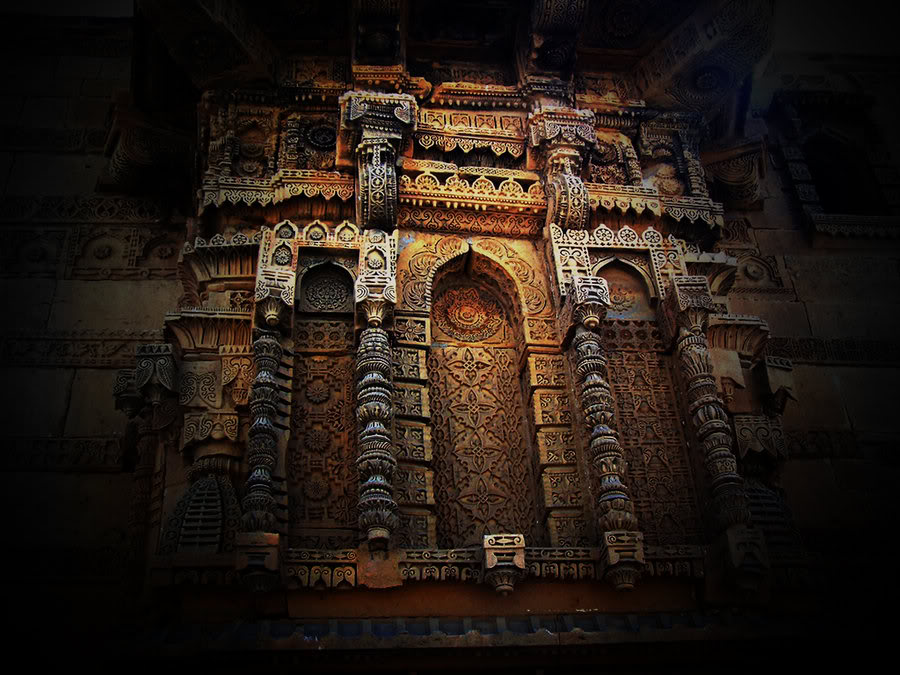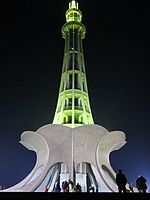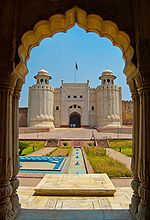
Architecture
Architecture
Minar-e-Pakistan is a public monument marking Pakistan’s independence movement.

Pakistani architecture has four recognised periods: pre-Islamic, Islamic, colonial, and post-colonial. With the beginning of the Indus civilisation around the middle of the 3rd millennium BC, an advanced urban culture developed for the first time in the region, with large buildings, some of which survive to this day. Mohenjo Daro, Harappa and Kot Diji are among the pre-Islamic settlements that are now tourist attractions. The rise of Buddhism and the Greek influence led to the development of the Greco-Buddhist style, starting from the 1st century AD. The high point of this era was reached at the peak of the Gandhara style. An example of Buddhist architecture is the ruins of the Buddhist monastery Takht-i-Bahi in Khyber Pakhtunkhwa.

The Lahore Fort, a landmark built during the Mughal era, is a UNESCO World Heritage Site.
The arrival of Islam in today’s Pakistan meant a sudden end of Buddhist architecture in the area and a smooth transition to the predominantly pictureless Islamic architecture. The most important Indo-Islamic-style building still standing is the tomb of the Shah Rukn-i-Alam in Multan. During the Mughal era, design elements of Persian-Islamic architecture were fused with and often produced playful forms of Hindustani art. Lahore, occasional residence of Mughal rulers, exhibits many important buildings from the empire. Most prominent among them are the Badshahi mosque, the fortress of Lahore with the famous Alamgiri Gate, the colourful, the Mughal-style Wazir Khan Mosque, the Shalimar Gardens in Lahore and the Shahjahan Mosque in Thatta. In the British colonial period, predominantly functional buildings of the Indo-European representative style developed from a mixture of European and Indian-Islamic components. Post-colonial national identity is expressed in modern structures like the Faisal Mosque, the Minar-e-Pakistan and the Mazar-e-Quaid. Several of the architectural infrastructure has been influenced from the British design, and such architectural designs can be found in Lahore, Peshawar, and Karachi.
Categories: Culture & Tradition
